Science fiction has always stretched our imagination, inspiring us to envision worlds filled with advanced technology and extraordinary possibilities. Yet, many of these seemingly impossible ideas are already emerging from real-world laboratories. From artificial intelligence that rivals human thought to medical breakthroughs straight out of futuristic tales, today’s innovators are turning fantasy into fact.In this article, we’ll explore 15 cutting-edge technologies that are making the impossible possible, revealing how the boundary between imagination and reality is rapidly fading. The future isn’t just coming—it’s already here, and it’s more astonishing than we ever dreamed.
1. Lab-Grown Organs

What once seemed like a miracle from science fiction is now taking shape in real labs. Scientists are using 3D printing and stem cell technology to engineer functional organs that could one day replace damaged human tissue. At the Wake Forest Institute for Regenerative Medicine, researchers have successfully grown tiny organs and tissues that work in animals. Labs across the globe are racing to refine these breakthroughs for human patients, bringing hope to those on transplant waiting lists.
Learn more about lab-grown organs at NIH.gov.
2. Mind-Controlled Devices
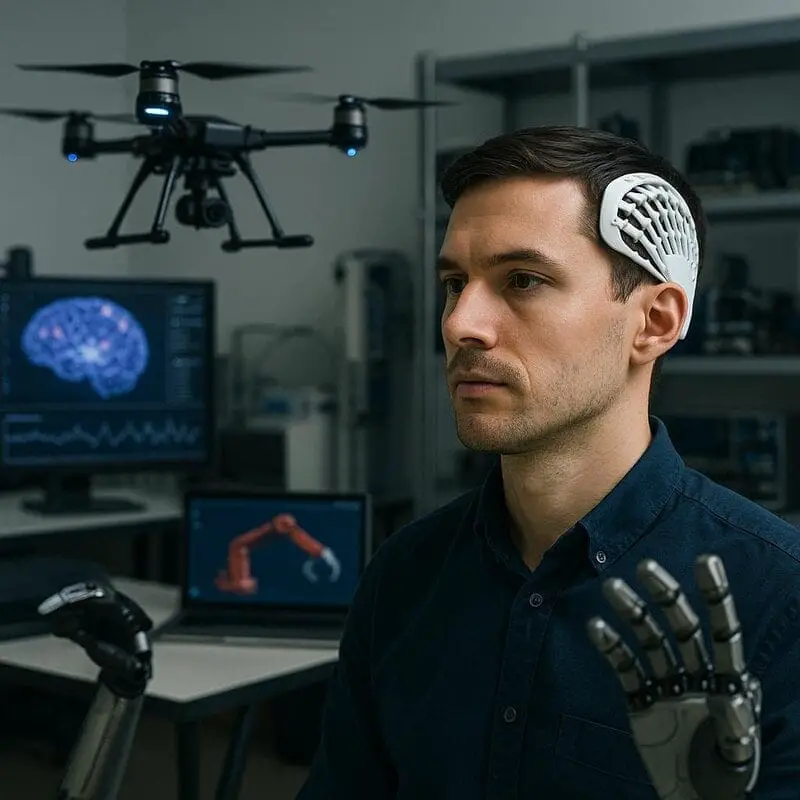
Brain-computer interfaces (BCIs) are bringing mind-powered technology from sci-fi into our daily lives. Researchers and companies like Neuralink are developing systems that let users control prosthetics, computers, and even drones—using only their thoughts. These devices decode neural signals with astounding precision, echoing the telepathic gadgets of futuristic fiction. Academic labs worldwide are pushing the boundaries of what’s possible, offering hope for people with disabilities and opening the door to a new era of human-machine interaction.
Learn more at Nature.
3. Quantum Computing

Quantum computing, once the stuff of speculative fiction, is rapidly becoming a reality in leading research labs. By harnessing the strange laws of quantum mechanics, these computers can process information in ways that would stump even the fastest supercomputers. Companies like IBM and Google have developed quantum machines capable of tackling calculations deemed impossible for traditional technology. As they continue to advance, these powerful systems could transform fields from cryptography to drug discovery—mirroring the ultra-smart computers of sci-fi lore.
Explore at IBM.
4. CRISPR Gene Editing

The advent of CRISPR-Cas9 gene editing marks a turning point in biotechnology, enabling scientists to precisely modify DNA sequences with unprecedented ease. This breakthrough allows for the targeted correction of genetic disorders and is already being used in trials to treat conditions like sickle cell anemia. The idea of rewriting genetic code, once confined to sci-fi novels and films, is now part of real medical research. As these technologies advance, the promise of eradicating inherited diseases edges closer to reality.
Details at Broad Institute.
5. Artificial Intelligence Companions
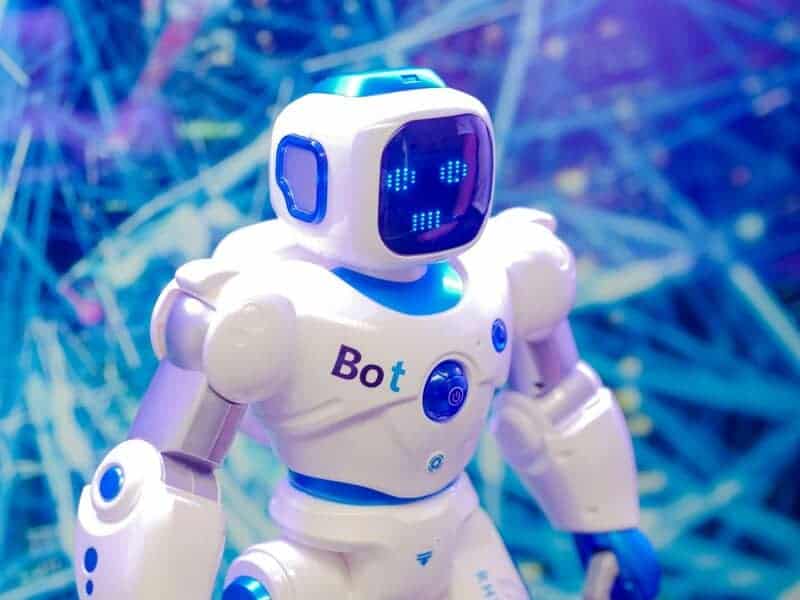
AI-powered companions, once imagined in sci-fi films, are now interacting with people in homes and workplaces. Social robots like Sophia and advanced conversational chatbots are becoming surprisingly human-like, capable of understanding emotions and engaging in meaningful conversation. These digital companions are not only assisting with daily tasks but also providing company and support, blurring the line between human and machine. The rise of such technology brings us closer to the futuristic worlds depicted in fiction.
See BBC coverage.
6. Invisibility Cloaks
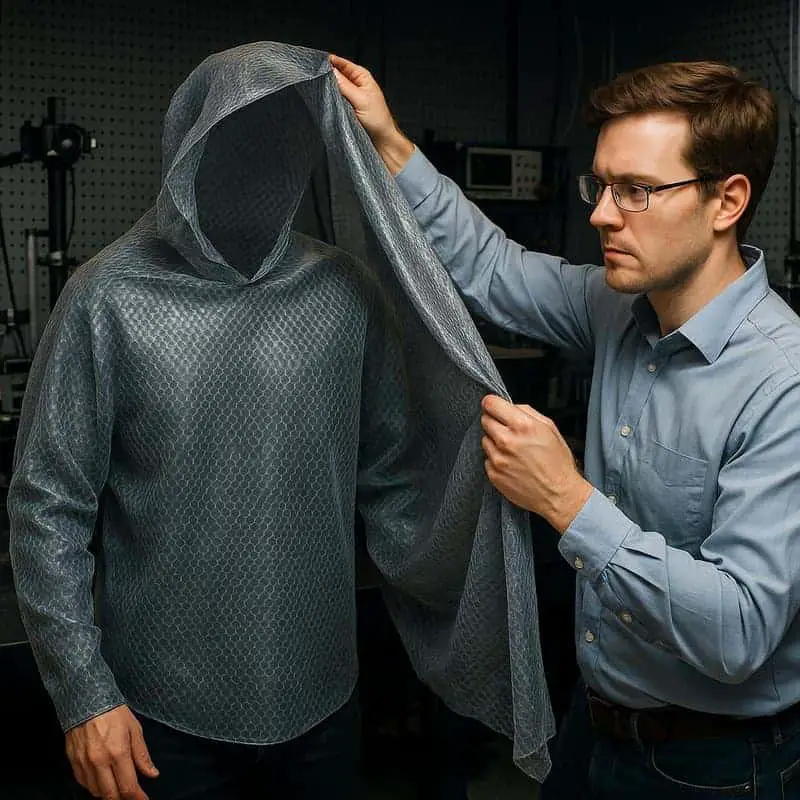
The concept of invisibility cloaks has fascinated sci-fi fans for decades, and now, science is catching up. Researchers at Duke University and other institutions are developing metamaterials that can bend light around objects, making them nearly invisible to the human eye. While current cloaking devices work only on a small scale and in specific conditions, these breakthroughs lay the groundwork for more advanced applications in the future. The dream of vanishing at will may not be so far-fetched after all.
Read at Scientific American.
7. Programmable Matter
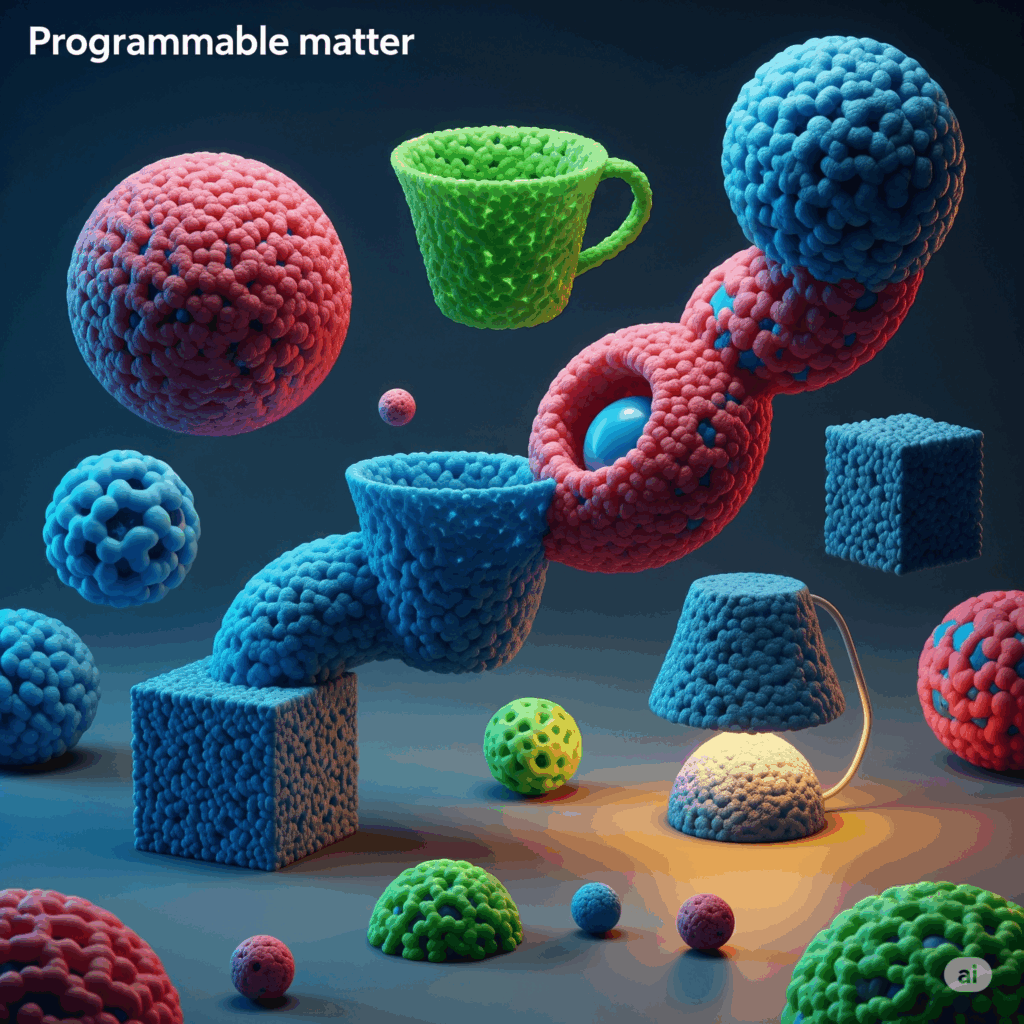
Programmable matter is a revolutionary technology that allows physical objects to change shape, texture, and function on command. Still in early development, this concept is being explored through materials made of tiny units called “catoms” or reconfigurable particles. These units can rearrange themselves based on software instructions, enabling objects to morph into different forms—like a phone that becomes a tablet, or furniture that assembles itself. Research at institutions like MIT and DARPA is turning science fiction into reality. Though fully functional programmable matter is still years away, prototype materials already demonstrate dynamic shape-shifting, paving the way for adaptive tools and devices.
8. Artificial Wombs

Artificial wombs are a groundbreaking biomedical technology designed to support the growth of a fetus outside the human body. These systems, often called “biobags” or ectogenesis chambers, simulate the natural conditions of a uterus, including oxygen supply, temperature control, and nutrient delivery through an artificial placenta. Researchers have already successfully used artificial wombs to support premature lambs, suggesting potential applications in neonatal care for extremely premature human infants. Beyond medicine, artificial wombs raise profound ethical and social questions about reproduction, parenthood, and gender roles. As the technology advances, it could redefine the boundaries of human development and reproductive choice.
9. Synthetic Life Forms

The creation of synthetic life forms is no longer just an idea from futuristic novels. Biologists, led by J. Craig Venter’s team, have engineered the first artificial bacteria with a fully synthetic genome. These advances blur the line between natural and artificial life, challenging our understanding of biology and existence itself. As labs continue to design and build custom organisms, we move closer to the engineered life forms often imagined in science fiction.
See coverage at Nature.
10. Smart Contact Lenses

Smart contact lenses are set to revolutionize how we interact with the world. Companies like Mojo Vision and Google are developing lenses equipped with tiny displays and sensors, enabling features such as real-time data overlays, health monitoring, and augmented reality right before your eyes. This innovative technology closely mirrors the wearable visual enhancements seen in science fiction movies, promising to seamlessly blend digital information with our everyday experiences.
Read CNET feature.
11. Space Tourism

Once a staple of science fiction, space tourism is now a genuine possibility for civilians. Companies such as SpaceX, Blue Origin, and Virgin Galactic have carried private passengers beyond Earth’s atmosphere, turning the long-held dream of commercial spaceflight into reality. These pioneering journeys mark a major leap toward the orbital vacations and lunar adventures often imagined in futuristic stories, making space more accessible than ever before.
See NASA overview.
12. 4D Printed Materials
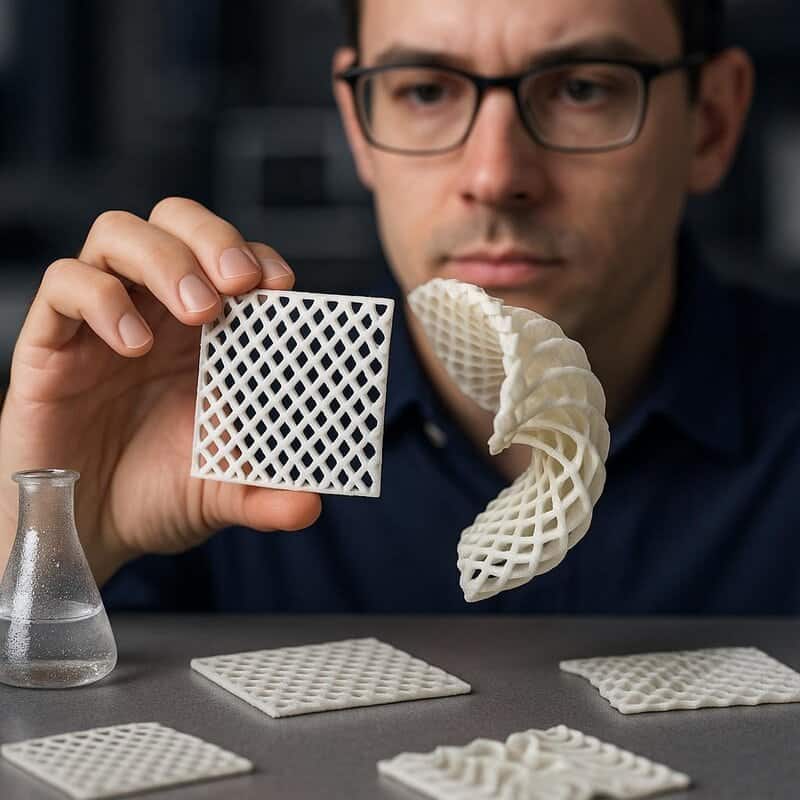
Imagine objects that assemble or transform themselves on command—4D printing makes this possible. By using smart materials that react to heat, moisture, or other triggers, researchers at MIT and beyond are creating structures that can change shape or function over time. This technology brings to life the morphing gadgets and adaptive clothing featured in science fiction, opening new possibilities in engineering, medicine, and design.
Explore at MIT News.
13. Drone Swarms
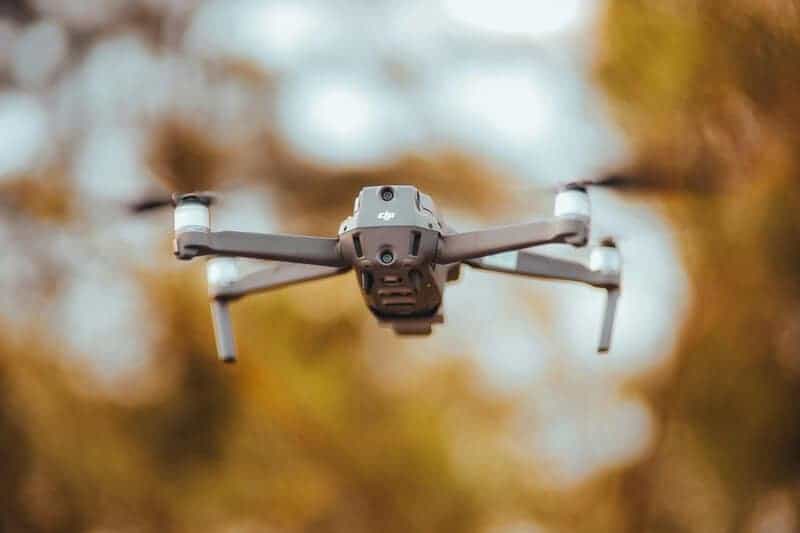
Drone swarms, once the domain of science fiction, are now a practical reality. Coordinated groups of drones can perform intricate tasks, from search-and-rescue missions to mesmerizing synchronized light shows. Research labs at Harvard and major tech firms are pushing the boundaries of swarm robotics, developing fleets that can act autonomously and respond collectively to changing environments. This technology mirrors the autonomous squads often depicted in futuristic movies.
Read in The Verge.
14. Smart Dust

Smart dust refers to tiny microelectromechanical systems (MEMS) equipped with sensors, wireless communication, and power sources. These microscopic devices—sometimes as small as grains of sand—can detect light, temperature, chemicals, or movement. Once dispersed, smart dust can relay real-time data back to a central system, enabling advanced monitoring of environments, infrastructure, or even the human body. Researchers envision its use in agriculture, battlefield surveillance, and industrial automation. Despite their potential, smart dust poses challenges, including power supply limitations and privacy concerns. As nanotechnology advances, these tiny machines could revolutionize how we interact with the physical world on an invisible level.
15. Anti-Aging Research
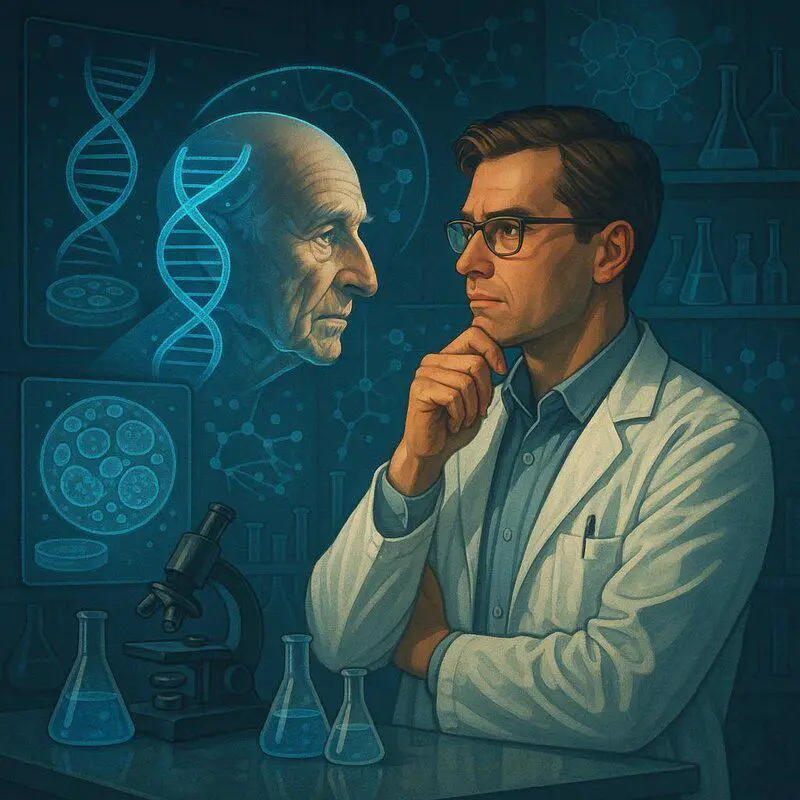
The pursuit of longevity—a classic science fiction theme—is now a serious scientific endeavor. Breakthroughs in genetics and regenerative medicine are targeting the biological mechanisms that drive aging. Companies like Altos Labs and Calico are leading research aimed at extending healthy human lifespan, with promising results in animal models and cellular studies. These efforts could one day make age-related decline a thing of the past, moving us closer to the extended lifespans imagined in futuristic stories.
Read at Nature.
Conclusion

The once-clear boundary between science fiction and reality is dissolving as today’s researchers bring fantastical ideas to life. These 15 breakthroughs highlight not only the astonishing pace of technological progress but also the new ethical and societal questions we must address. As scientists continue to push the limits of what is possible, the innovations we marvel at today may soon become part of our everyday experience. Stay curious and informed—the future is arriving faster than we ever imagined, and it’s up to us to shape it responsibly.
.article-content-img img { width: 100% }



Vielleicht interessiert es Sie:
Wussten Sie! Minensuchratten auf dem Schlachtfeld und sie sind super effektiv!
Wie viele Giraffenarten gibt es? Leben sie alle in Afrika?
Der Vogel ist das Weibchen der Vögel: wahr oder falsch?
Warum bauen Biber Dämme? Welchen Nutzen?
Warum leben manche Tiere nachtaktiv? Welche Vorteile?
Küssen Tiere? Ist das die gleiche Bedeutung wie Menschen?
200+ Hilarious Seahorse Jokes That Will Make You Smile and Giggle
200+ Funny Investment Jokes to Boost Your Financial Humor Game